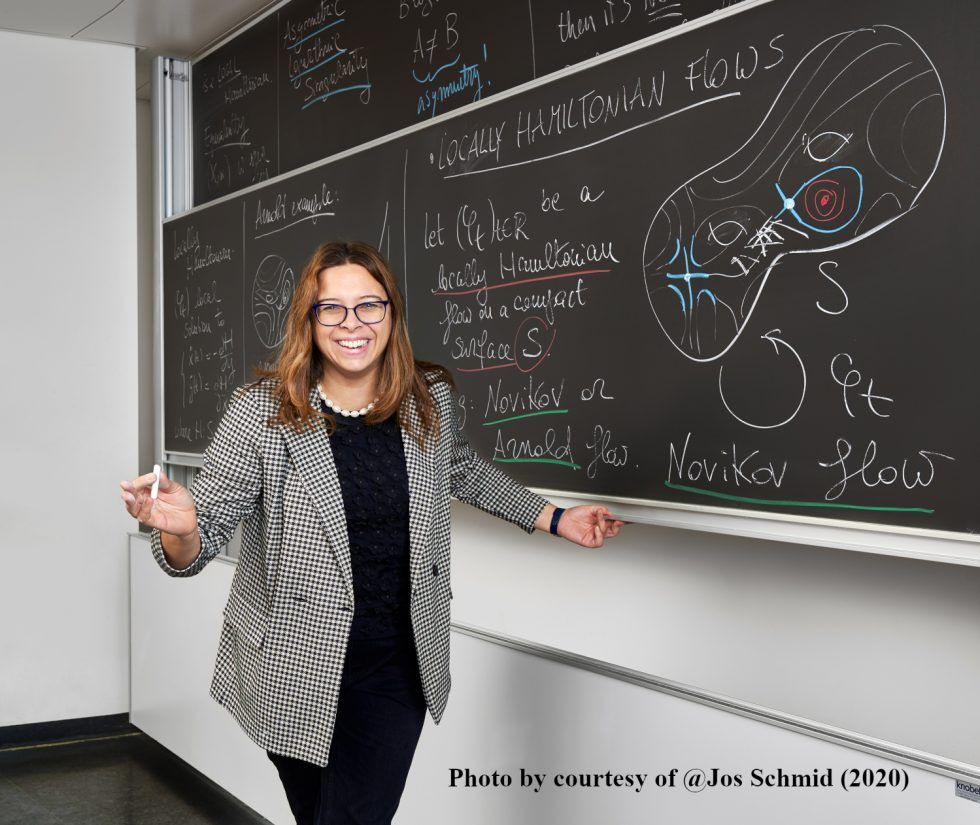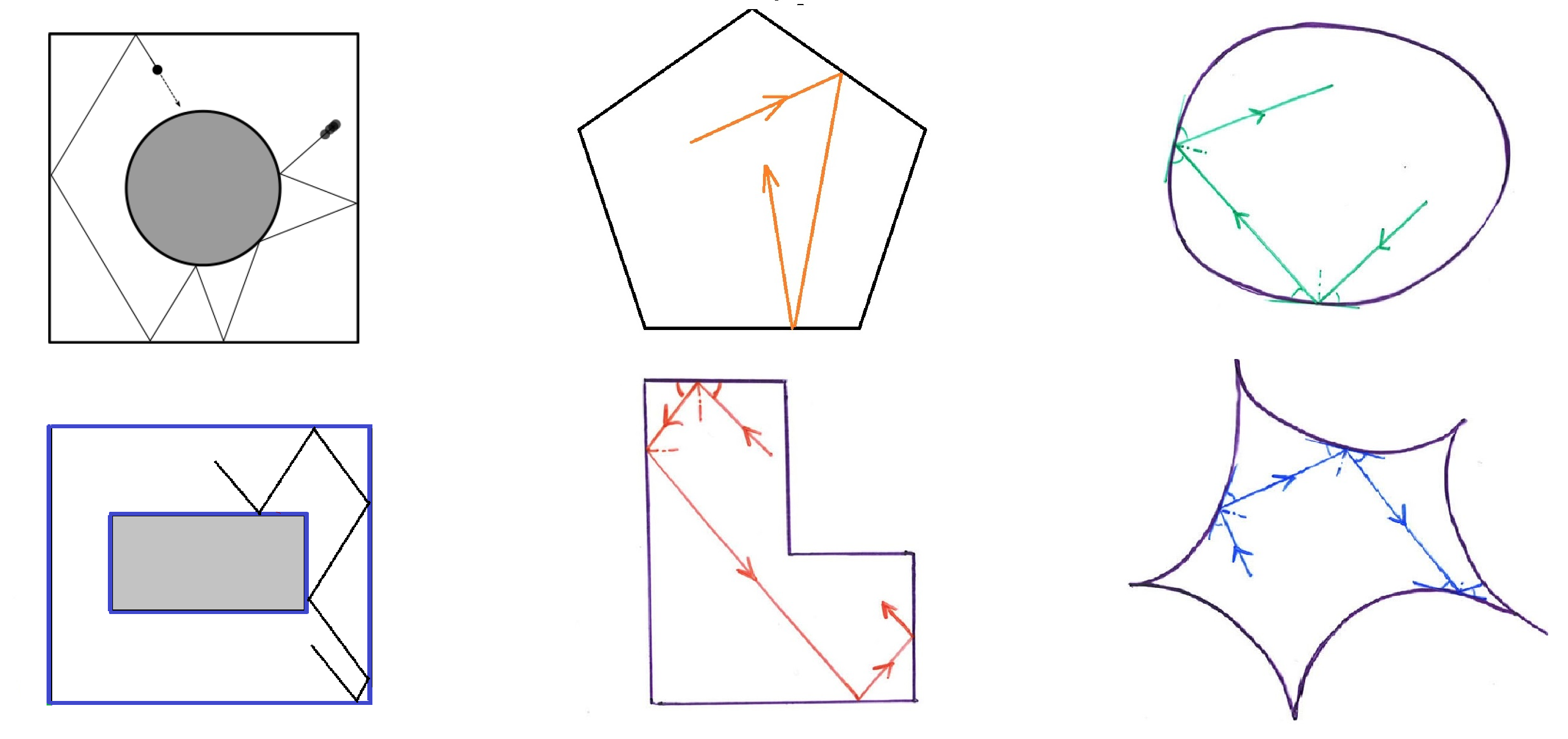

 Chaotic systems are everywhere: examples span from the weather, to gas molecules in a gas, to and the stock market... A feature of chaotic systems is that a small variation in initial conditions might lead to a drastically different time evolution, a phenomenon popularized commonly known as as the butterfly effect (the flapping of a butterfly in Rio Buenos Aires can create a hurricane in Tokyio). These systems can be classified according to how fast different, nearby, initial conditions diverge in time.
Chaotic systems are everywhere: examples span from the weather, to gas molecules in a gas, to and the stock market... A feature of chaotic systems is that a small variation in initial conditions might lead to a drastically different time evolution, a phenomenon popularized commonly known as as the butterfly effect (the flapping of a butterfly in Rio Buenos Aires can create a hurricane in Tokyio). These systems can be classified according to how fast different, nearby, initial conditions diverge in time.
The work of my research team and myself focuses on “slow” chaotic evolution, or more precisely on so- called parabolic dynamical systems, which are mathematical models for the the many phenomena which display a "slow" form of chaotic evolution (i.e. the speed of divergence in the butterfly effect is a polynomial function of time). Many famous mathematical models of physical systems describing for example planetary motion (such as flows on surfaces, Poincare’, 19th century), the motion of gas molecules (Ehrenfest model, 1912) or of electrons in a metal under a magnetic field (Novikov, 1990) are parabolic systems.

A simple example to describe (but not to understand!) are mathematical billiards, which are an idealization of the game of billiards: in a billiard table with no friction, a ball with no mass bounces around according to the same rules as an ordinary ball (straight line motion and law of reflection when it bounces off the walls), but, unlike in real billiard, one considers trajectories that never hit the pockets and will keep going forever.
Billiards tables are usually rectangular, but what happens if you change their shape? By introducing a circular obstacle in the center of the table, one gets a so called Sinai billiard: Yakov Sinai won the Abel Prize 2014, among other discoveries, for showing that this model is chaotic in a very strong sense. The mechanism for chaos he formalized is at the base of the powerful theory of hyperbolic dynamical systems and used in many applications to describe natural phenomena.
IIf instead one introduces a rectangular obstacle inside the table, or plays “mathematical billiards” inside other polygonal shapes, the resulting billiard is parabolic.

In constrast to more chaotic systems, we lack a general theory for parabolic dynamics systems. My research program aims at bridging this gap, by studying new classes of parabolic systems and unexplored properties of classical ones. Some of the systems I will investigate are infinite billiards. Exciting recent progress was made on a model of gas introduced in 1905 by pysicists P. and T. Ehrenfest, in which “balls” are reflected like in a pinball on rectangular obstacles regularly spaced in the plane. Powerful new mathematical tools allowed novel breakthroughs, including an unexpected result I proved in joint work wWith K. Fraczek, showing that no “molecule” explores all parts of space, but many I showed for example that no billiard trajectory is dense i.e. explores all parts of space, but many questions about similar billiards are widely open and are for example part of my research plan.
One of the achievements of the proposed programme will be to identify common features and mechanisms for chaos in parabolic systems and hence to provide important insight towards a universal theory of parabolic dynamics. The intrinsic beauty of so many abstract techniques which turn out to be so powerful to study specific systems captures my excitement and imagination and drives my search.